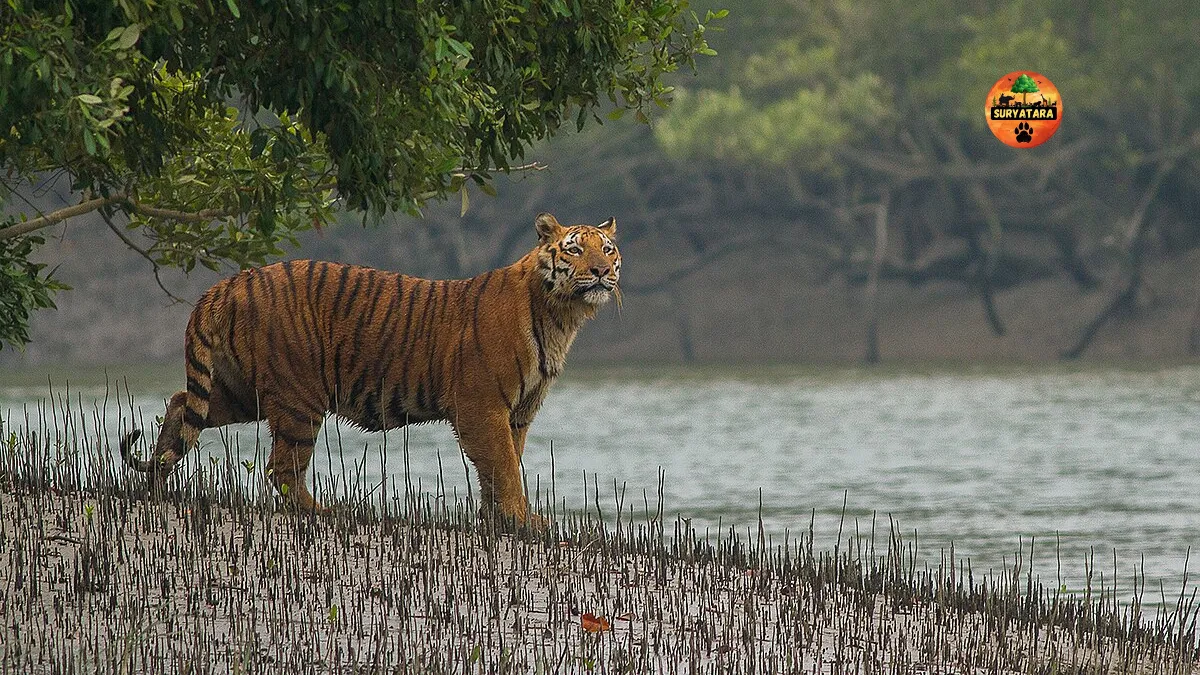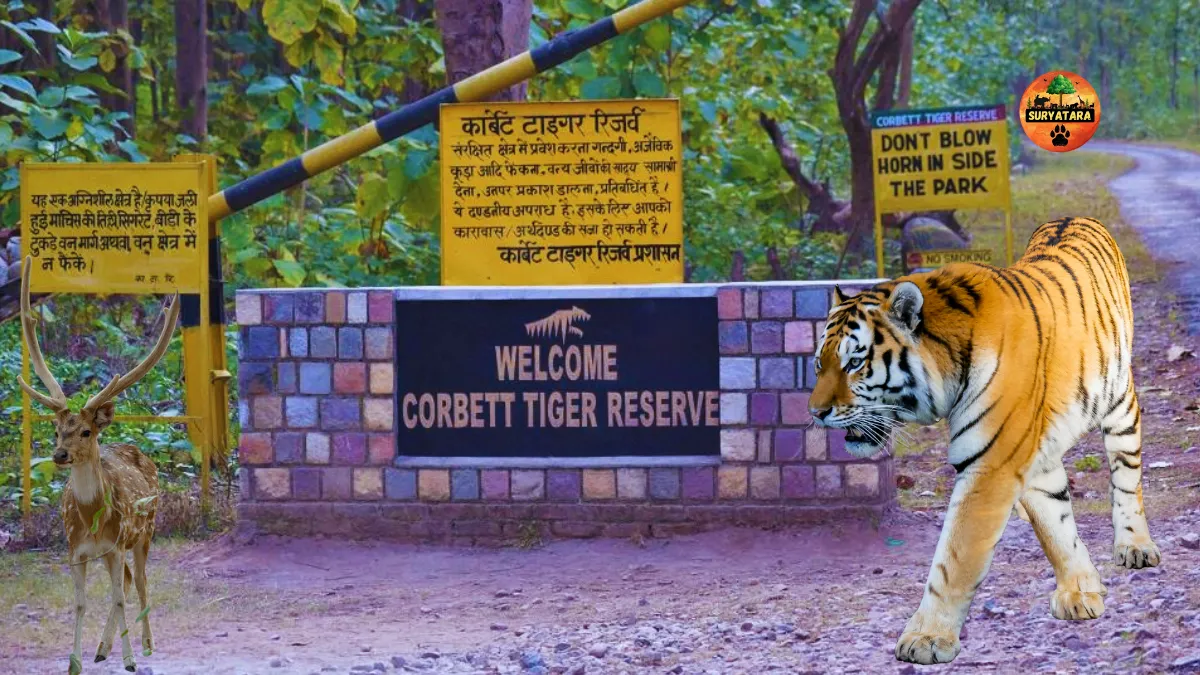The Sundarban Tiger Reserve is not just a wildlife sanctuary—it’s a living, breathing ecosystem brimming with unique biodiversity, mystery, and natural beauty. Located in the southern part of West Bengal, India, this iconic reserve is home to the majestic Royal Bengal Tiger and is a core area of the Sundarbans, the world’s largest mangrove forest.

What Makes Sundarban Tiger Reserve So Special?
The Sundarban Tiger Reserve holds immense ecological importance. Sprawling over a deltaic region formed by the Ganga, Brahmaputra, and Meghna rivers, it is crisscrossed with tidal waterways, mudflats, and small islands covered by salt-tolerant mangrove forests. This unique topography supports an extraordinary range of flora and fauna, making the reserve a UNESCO World Heritage Site.
But what truly sets it apart is its tiger population. The Royal Bengal Tigers here have adapted to an amphibious lifestyle—often swimming between islands and even hunting in saline waters. This makes the Sundarbans the only mangrove habitat in the world that supports tigers.
Key Details of Sundarban Tiger Reserve
Here is a quick overview of essential information about the Sundarban Tiger Reserve:
| Feature | Details |
|---|---|
| Location | South 24 Parganas, West Bengal, India |
| Total Area | Approximately 2,585 sq. km (core and buffer zones combined) |
| Established | 1973 (as part of Project Tiger) |
| Famous For | Royal Bengal Tigers, mangrove forest, estuarine ecosystem |
| UNESCO World Heritage Site | Yes (since 1987) |
| Best Time to Visit | November to February |
| Main Entry Point | Godkhali Jetty (accessible via Canning railway station) |
| Permit Required | Yes, especially for foreign tourists and boat rides |

Flora and Fauna of Sundarban Tiger Reserve
Besides the iconic Royal Bengal Tiger, the Sundarban Tiger Reserve is home to a wide array of wildlife:
- Mammals: Fishing cats, wild boars, spotted deer, rhesus macaques, and jungle cats.
- Reptiles: Estuarine crocodiles, king cobras, water monitor lizards, and turtles.
- Birds: Over 250 species including black-capped kingfisher, Brahminy kite, herons, and eagles.
- Aquatic Life: Mudskippers, crabs, prawns, and even endangered river dolphins.
The vegetation is equally diverse, dominated by salt-tolerant mangrove species like Sundari, Goran, Keora, and Dhundul.

A Unique Tiger Territory
One of the most fascinating facts about the Sundarban Tiger Reserve is the behavior of its tiger population. Unlike their counterparts in other parts of India, Sundarbans tigers are known for their exceptional swimming abilities. Researchers have observed them crossing rivers that are several kilometers wide—something very rare among big cats.
Also, due to the challenging terrain and limited prey availability, the tigers here are more elusive and adaptive. This has given rise to a mysterious aura around them, as local myths often depict them as both feared and revered beings.

Also read: Jim Corbett National Park Ticket Price Chart with Safari Zone Details & Booking Tips
Conservation Challenges and Efforts
Despite being a protected area, the Sundarban Tiger Reserve faces significant conservation challenges:
- Climate Change: Rising sea levels and frequent cyclones threaten the fragile ecosystem.
- Human-Wildlife Conflict: Many villages border the forest, and tigers occasionally stray into human settlements.
- Poaching and Illegal Fishing: Though reduced in recent years, these activities still pose a risk.
To counter these challenges, various initiatives have been taken:
- Improved surveillance using camera traps and drones
- Community awareness programs for local villagers
- Tiger relocation and rescue operations by forest departments
- International collaboration with Bangladesh under the Sundarban Biodiversity Conservation Project

Also read: Singalila National Park – A Complete Guide to the Eastern Himalayan Gem
How to Visit Sundarban Tiger Reserve
The Sundarban Tiger Reserve is accessible but requires planning:
- Start Point: Most trips begin from Kolkata. Travel to Canning by train or road, then reach Godkhali Jetty.
- Boat Safari: All explorations are done via boats. There are no jeep safaris due to the marshy terrain.
- Accommodation: Eco resorts and forest lodges are available in Sajnekhali, Dayapur, and Bali Island.
Remember, permits are mandatory and guided tours are recommended to ensure safety and adherence to forest rules.
Also read: Betla National Park: Best Time to Visit, Safari Details & How to Reach
Conclusion
Visiting the Sundarban Tiger Reserve is not just a trip into the wild—it’s an immersive experience into one of nature’s most intriguing creations. From the call of exotic birds to the rustling of mangrove leaves and the rare glimpse of a swimming tiger, every moment here feels like poetry written by the earth itself.
If you’re a nature lover, wildlife photographer, or just someone craving a break from city life, the Sundarban Tiger Reserve promises an adventure unlike any other. Respect its rhythm, follow eco-tourism guidelines, and let this magical mangrove world leave you in awe.












